Apple MacBook: M1 vs Intel
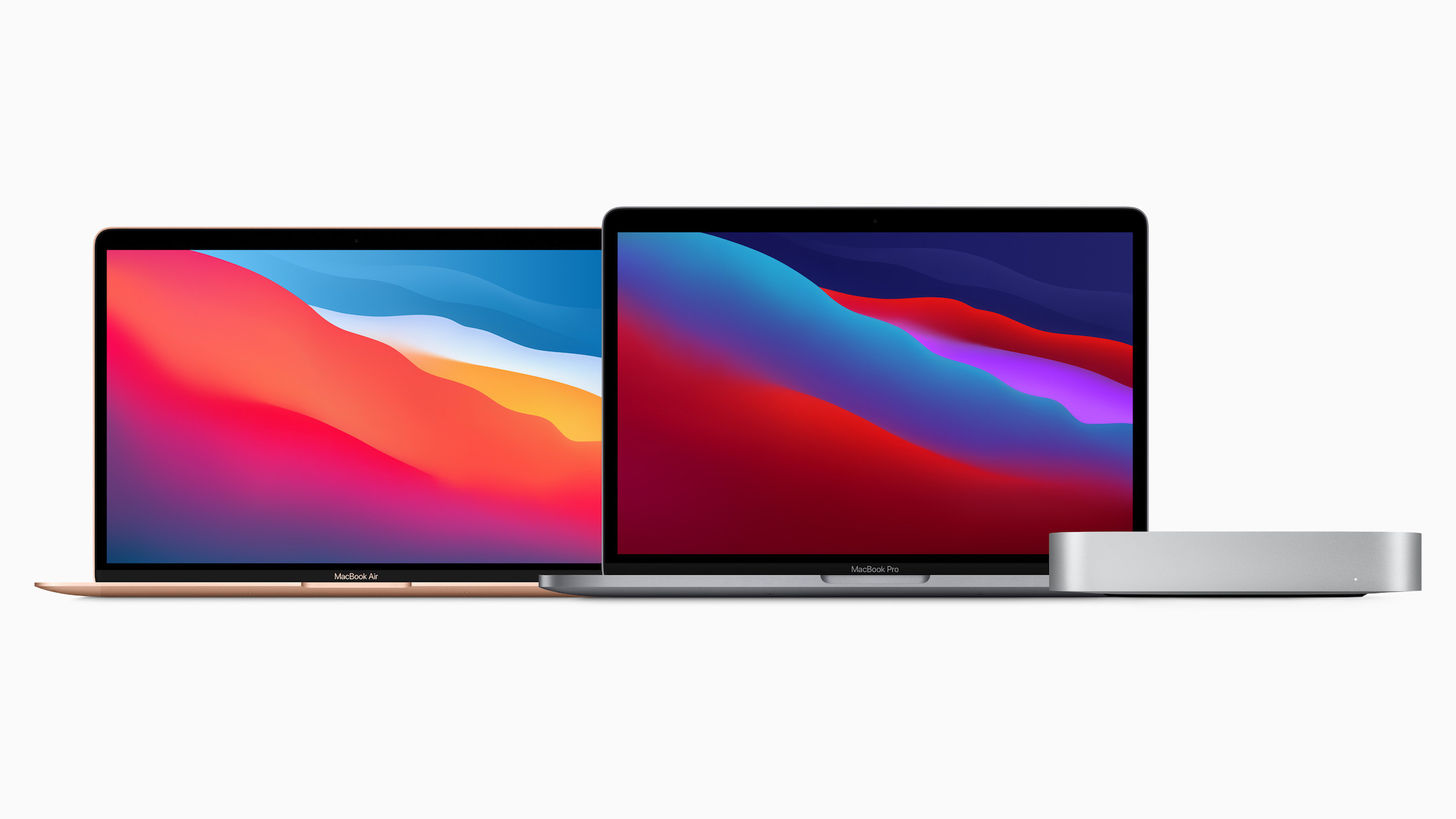
Where MacBooks were once powered by Intel-made processors, now they’re powered by Apple’s own M1 processors. When it comes to M1 vs Intel, what’s the difference, and is it worth it?
Luke Hopewell is a gadget veteran of over 10 years. If it goes beep in the night, Luke has tested it. The brand-new MacBook with M1 is just one of the countless gadgets he’s reviewed.
Got a question for the author? Head to the comments, or email the author at luke@redaktor.co.
What is Intel?
Let’s start with the basics: where we’ve come from.
Way back in 2005, Apple announced it would switch from PowerPC chips to Intel chips to power its laptops. These chips would be CPUs, or Central Processing Units: the brain of any laptop.
The move from PowerPC to Intel heralded the dawn of a new age for Apple. With Intel chips, developers would have to do less to bring their apps to the then-obscure laptops. With new designs that acted like oases in a desert of black rectangles and a range of new apps, the new Intel MacBooks exploded in popularity.
Since 2005, there have been 12 generations of Intel-based MacBooks. Intel and Apple have been fast friends for a long time, but for the latest range of MacBooks, Cupertino has split the range.
Now there are two processor groups to choose from: Intel and Apple Silicon M1.
The latest Intel processors are the same as they’ve ever been in a MacBook. Based on the 2020 Ice Lake family of processors, you can do just about everything on an Intel MacBook than you ever have been able to. Everything that can run on MacOS will run with ease on an Intel processor.
With Intel, you can put your trust in 15 years of laptop design, compared to the dark horse of Apple Silicon’s new M1 processor. But don’t be misled: just because Apple Silicon M1 is brand new, doesn’t mean it doesn’t deserve your attention.
Just the opposite in fact.
What is M1?
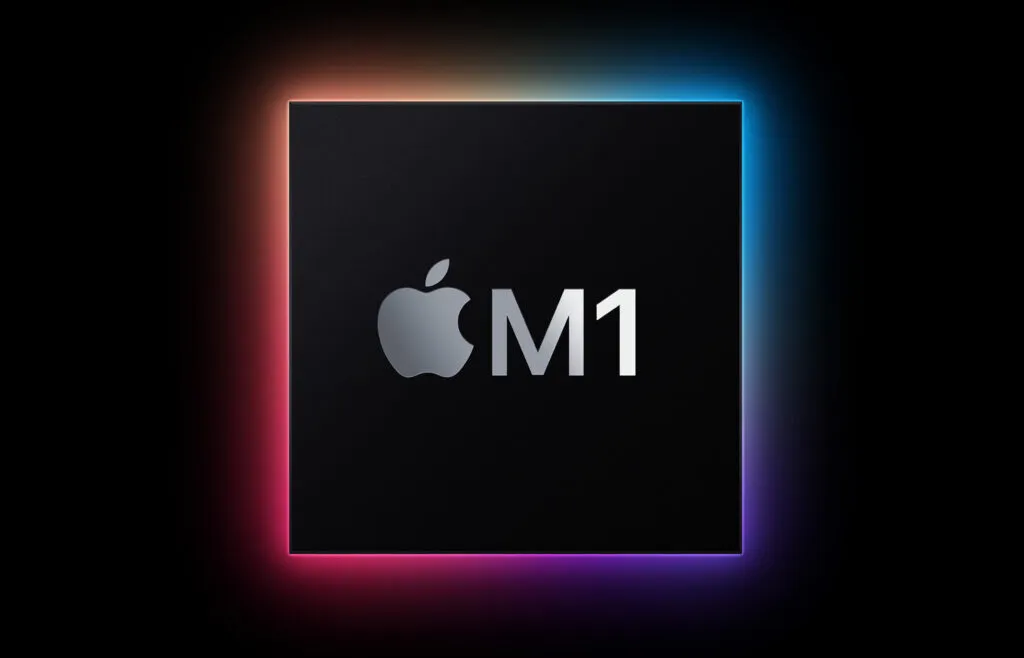
M1 is the first laptop processor made entirely by Apple. Previously, processors for its laptops had to be sourced from third-party providers, namely Intel. In June 2020, however, Apple said it would get into the chip game itself with Apple Silicon. Instead of sourcing chips from Intel, it would now build them in-house.
It’s not the first time it has designed its own chip, though: Apple has had success designing its own chips before. The A Series processors in the iPhone and iPad mean that everything can be designed in-house, making the whole experience not only more cohesive, but more powerful and efficient. Designing everything in-house means everyone is singing from the same songbook. The software talks to the hardware perfectly.
Because you don’t have to drag in someone else’s hardware to sit on top of someone else’s software, everything works beautifully. And it was ever thus with Apple’s iPhones and iPads, with each year on the A Series chips getting better and better.
Previously, Apple’s Intel MacBooks were good, but cracks were starting to show. When the change to Apple Silicon was announced, rumours swirled about quality issues starting to emerge in Intel’s processors, starting two generations ago in the Skylake family. Apple is obsessed with relentless quality, and even right up to the last 2020 MacBook, it didn’t feel quite right.
So here we are. Apple processors inside Apple laptops. The M1 processor is the first cab off the ranks, and a lot is different.
Intel vs M1: what’s the difference?
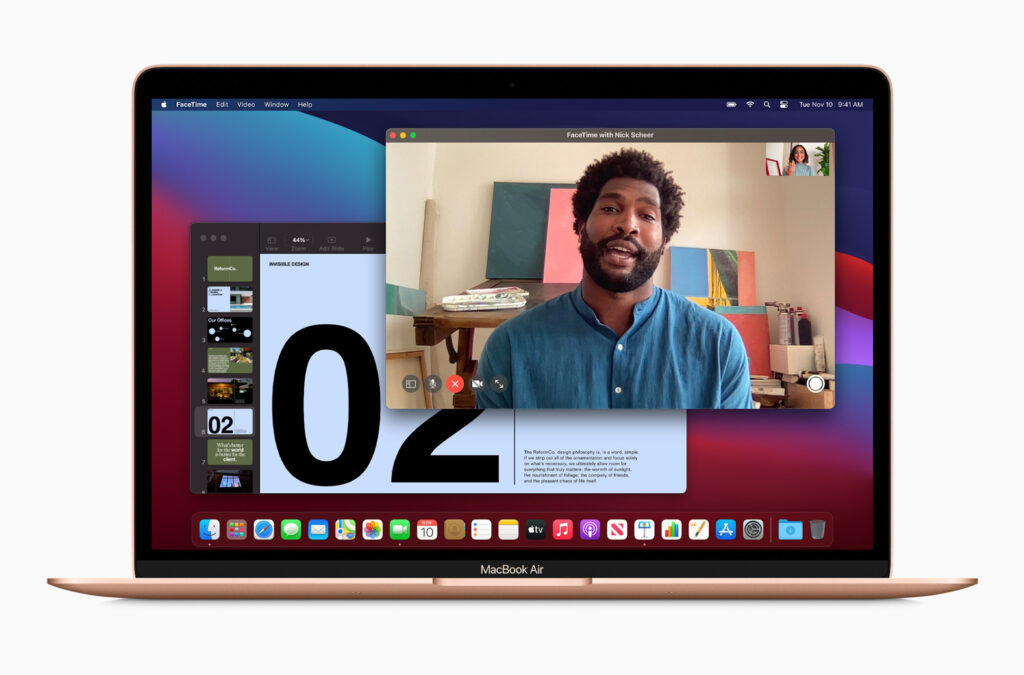
The M1 processor is based on ARM architecture. ARM was originally put together to be a lightweight processor that brought decent power to a tablet or smartphone without needing huge batteries or a fan for cooling.
ARM processors like the new M1 and x86 processors like the Intels are designed differently, which means the software needs to be built differently for each. The M1 processor changes the game, running almost all the software your Intel machine does.
When you look at how the two processors work from a highly-technical standpoint the differences are stark. Legacy apps shouldn’t work, but thanks to some really clever design they do.
Apple isn’t about to throw the baby out with the bathwater by making you relearn how to use a laptop while rendering all your apps useless. That’s the brilliance of the M1 MacBook.
Because they’re build on ARM architecture, apps and software designed to work on x86 Intel architecture don’t run natively. Instead, they run through a translator program called Rosetta 2.
Originally designed to help PowerPC Mac apps run on the very first Intel Macs, Rosetta has been radically redesigned to make sure all of your Intel apps run on the new M1 ARM architecture.
Translators, however, typically render your application slower than it would be using it natively, but not Rosetta 2. Somehow, it takes seconds to install (Rosetta 2 doesn’t ship preinstalled, for some reason), and just like that, your apps work exactly as they would on an x86 Intel machine.
The only piece of software that doesn’t really work on the M1 processor, funnily enough, is Microsoft Windows.
Windows has always had a home on x86 Intel-based Macs thanks to Apple’s Boot Camp software, but because there isn’t a version of Windows built for M1. Go figure!
Intel vs M1: Performance and speed
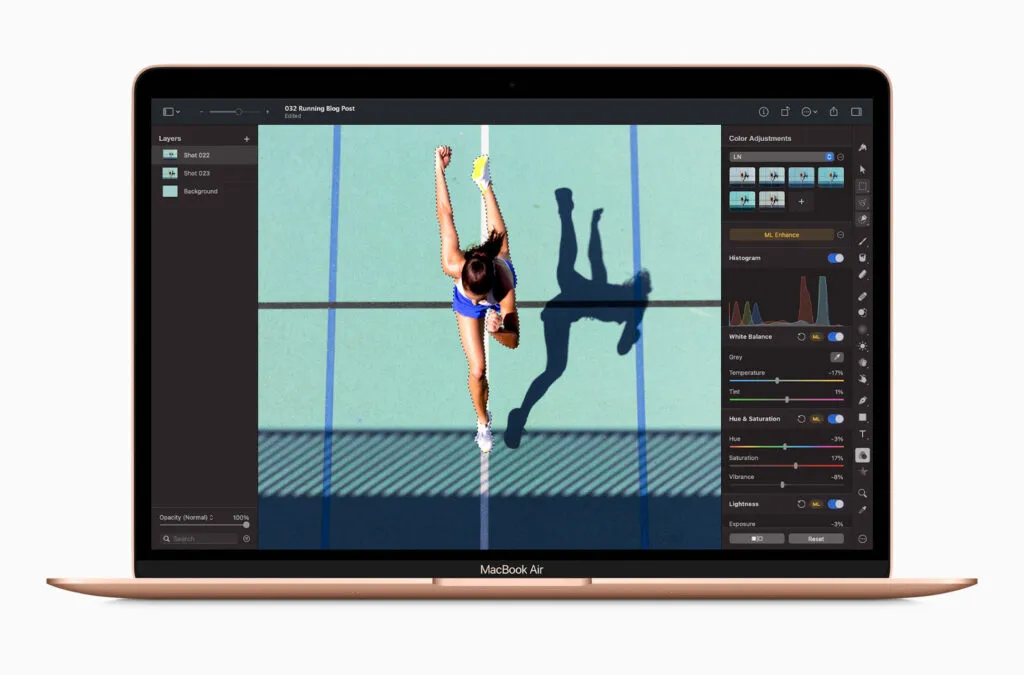
Despite the reputation of ARM processors being mobile-friendly and performance-lite, the M1 processor from Apple Silicon is insanely fast. Like, insanely. Fast.
Apple says that the M1 processor delivers 2x the performance of “the very latest PC laptop chip”, a dig clearly aimed at Intel. Apple’s Intel processors in the MacBook Pro 2020 are almost 18 months old at this point, so it’s a big claim. But one that the M1 can back up.
With its system-on-a-chip (SoC) design, everything is integrated and far more efficient, meaning it can drive an incredible number of processes all at once. We’re talking 4K and even 8K video rendering.
Apps open faster, processes complete quicker, you can do more and more and more with less and less battery. Speaking of which.
Intel vs M1: Battery
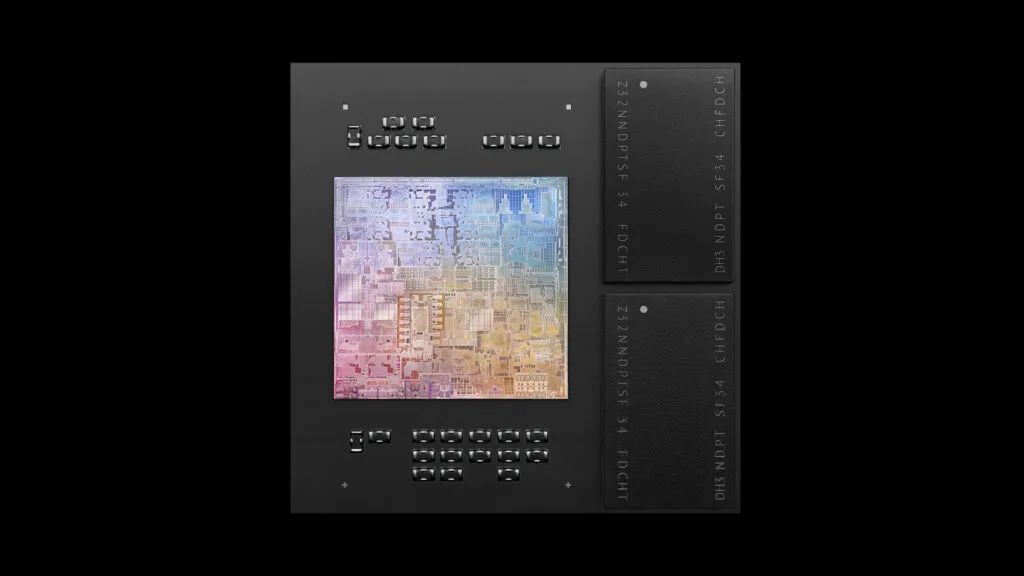
For all the power it pumps out, the Apple M1 processor actually uses less battery than its Intel-based predecessor.
The M1 chip draws a measly 10 Watts, compared to an the Intel Core i5 and its 28 watts. That means you get great performance on your machine for a fraction of the power draw.
This is why Apple can quote a battery life figure of 20 hours with the new MacBook Pro with M1, and it isn’t far off, either.
In my tests, I’ve found that I get a full day and then some out of the MacBook Pro with M1. That’s more than I can say for the MacBook Pro 2020 with Intel. In some instances, I got around 4-6 hours with the previous model under a pretty average workload.
Price
This is what’s so excellent: the MacBook Air with M1 packs in a tonne of power, battery that lasts an age and the best version of MacOS in years called Big Sur.
Not to mention it has an incredible True-tone Retina display at a bonkers resolution, four USB-C ports and a headphone jack. And thanks to the M1 chip it runs iPhone and iPad apps right on your laptop.
All that for just $1599 AU/$999 USD?! It’s the deal of the century.
Which one should you buy?
If you’ve never used a Mac before, M1 is the perfect excuse to start. It’s a better way to do just about everything, and a great deal to boot.
The only reason you’d ever decline an M1 Mac is if you needed to run Windows.
That’s. It.
Luke Hopewell is the editor and co-founder of Redaktör. He's previously been the Editor of Gizmodo, Founding Editor of Business Insider Australia, Editorial Lead for Twitter Australia and more.


